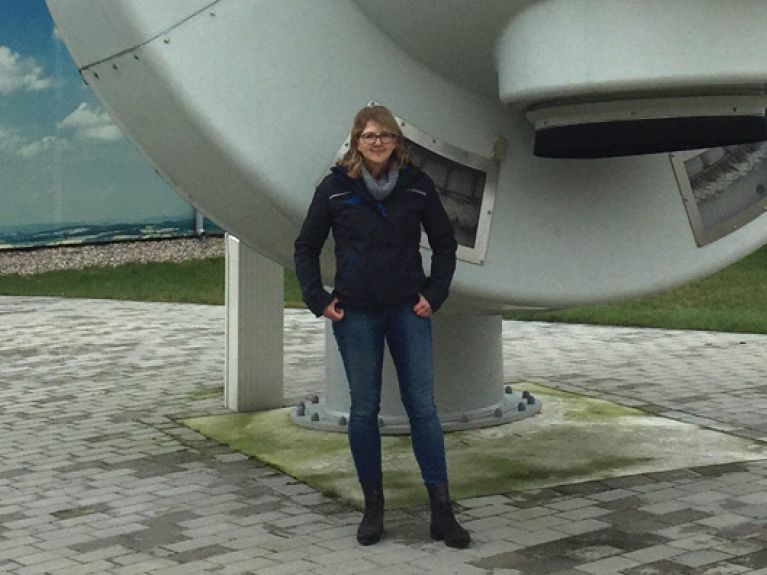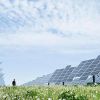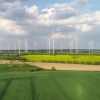Powerful village
Drivers of the energy transition: Doreen Raschemann helped to transform Feldheim into the first energy self-sufficient village in Germany.

Only 135 people live in Feldheim, a village in Brandenburg not far from Potsdam, but it receives over 3,500 visitors a year – ranging from school classes to international delegations and even the head of state of Myanmar. What makes Feldheim so interesting? It is Germany’s first energy self-sufficient village, which generates all its electricity and heat independently with the aid of wind power and biogas plants. During the winter these are joined by a heating plant powered by wood chips produced using deadwood from the local forest. As a result, electricity prices are incredibly low and there is a secure and reliable supply of heating.
Doreen Raschemann, 45, has been involved from the very start. She came here in 2008, and local residents were connected to their own electricity grid for the first time in 2010. “Feldheim has shown it is possible to achieve 100% supply with renewable energy sources,” says the Chairwoman of the New Energies Forum Feldheim (NEF), which was founded to cope with the large number of visitors. The non-profit association has set up a visitor information centre in an old restaurant. Regular exhibitions and talks are held there, and school classes can gain experience with solar electricity and wind power by carrying out practical experiments.
Wind electricity for 65,000 households
Doreen Raschemann recalls how initially only four wind turbines and a small biogas plant were built here. Today, 55 wind turbines generate enough electricity to supply 65,000 households in the surrounding area, and a back-up power plant evens out fluctuations in the grid. When required, the energy storage facility can feed in 10 megawatts if there is not enough wind. A solar farm has also been built on a former military site two districts away. Visitors from Kenya examined its photovoltaic equipment very closely, because a single module here would be enough to supply an entire Kenyan village with electricity.
An opportunity for rural regions
“We don’t have any unemployment here,” says Raschemann. This subject is also important to the authorised representative of Energiequelle, the project developer whose name means “energy source” in English. She explains that the use of bio-energy in this rural region offers a financial buffer for milk farmers in the face of falling milk prices. “The strength of the local economy is maintained, and the money earned here with energy also stays in the area. We have developed a closed value cycle,” says Raschemann. The now enormous wind farm has many external operating companies, but many residents of Feldheim also hold shares in a citizens’ wind turbine, which is organised as a limited commercial partnership. Incidentally, Doreen Raschemann’s private car is a hybrid that she charges at an electricity charging station next to NEF because she travels short distances using the electric motor. It goes without saying that the charging station is supplied with energy from the neighbouring wind farm.

